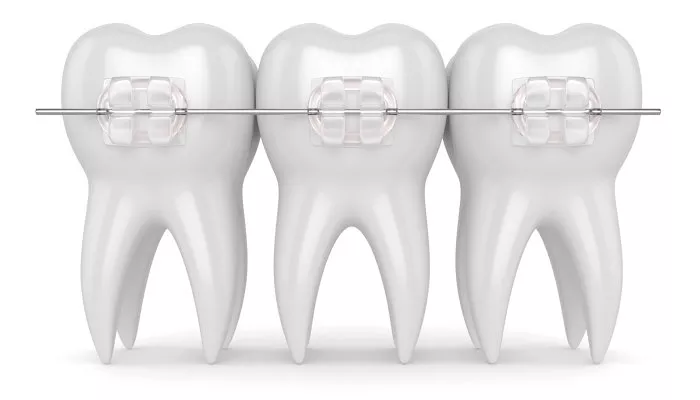Orthodontic treatment is a method of improving oral function and appearance by adjusting the position of the teeth and jaws. While orthodontic treatment can be performed at any age, the optimal timing of treatment depends on the specific situation of the patient. The following is a detailed explanation of the benefits and drawbacks of orthodontic treatment at different ages and the appropriate timing of treatment.
Children (7-12 years old)
Childhood is one of the best times to undergo orthodontic treatment because at this age, a child’s teeth and jaws are still developing, making tooth movement easier. The main goal of orthodontic treatment in childhood is to correct developmental problems of the jaws and teeth to ensure oral health and normal chewing function. The following are the pros and cons of orthodontic treatment in childhood:
Advantages:
1. Can correct developmental problems of the jaws and teeth, preventing oral diseases and chewing problems.
2. Can improve a child’s appearance and self-confidence.
3. Can prevent bullying or exclusion due to dental problems during the growing process.
Cons:
1. Requires a long treatment process, which may require monthly extractions and adjustments.
2. May require the use of fixed appliances, which may affect a child’s diet and oral hygiene.
3. May require multiple adjustments during the child’s growth process, which may increase the time and cost of treatment.
The Right Time:
1. During the development of a child’s teeth and jaws, typically between 7-12 years old.
2. Treatment should begin as early as possible after the diagnosis of developmental problems of the teeth and jaws.
Youth (12-18 years old)
Adolescence is a common time for orthodontic treatment because at this age, most children’s teeth and jaws have completed development, but there is still enough plasticity to move teeth. The following are the pros and cons of orthodontic treatment in adolescence:
Advantages:
1. Can correct problems of the jaws and teeth, improving oral health and appearance.
2. Can improve a teenager’s self-confidence and self-esteem.
3. Can complete treatment before the end of adolescence, avoiding treatment in adulthood.
Cons:
1. Requires a long treatment process, which may require monthly extractions and adjustments.
2. May require the use of fixed appliances, which may affect diet and oral hygiene.
3. May require multiple adjustments during the teenager’s growth process, which may increase the time and cost of treatment.
The Right Time:
1. After the development of teeth and jaws, typically between 12-18 years old.
2. Treatment can begin when oral health is good.
Adult (18 years and above)
The main goal of orthodontic treatment in adulthood is to improve oral health and appearance, rather than correcting developmental problems of the jaws and teeth. The following are the pros and cons of orthodontic treatment in adulthood:
Advantages:
1. Can improve oral health and appearance, including chewing function, tooth alignment, and bite problems.
2. Can improve self-confidence and self-esteem.
3. Can use more discreet appliances, such as clear aligners or lingual braces.
Cons:
1. Requires a long treatment process, which may require monthly extractions and adjustments.
2. May require the use of fixed appliances, which may affect diet and oral hygiene.
3. May require other dental treatments, such as teeth cleaning before orthodontic treatment and retention after orthodontic treatment.
The Right Time:
1. Treatment can begin when oral health is good.
2. Adults can make their own decisions more easily regarding whether to undergo treatment.
Conclusion
In summary, orthodontic treatment can be performed at any age, but the optimal timing of treatment depends on the specific situation of the patient. Orthodontic treatment in childhood can correct developmental problems of the jaws and teeth, while treatment in adolescence can improve oral health and appearance. Treatment in adulthood can also improve oral health and appearance. Regardless of the timing of orthodontic treatment, good oral hygiene and regular dental check-ups and cleanings are necessary.
Related topics:

